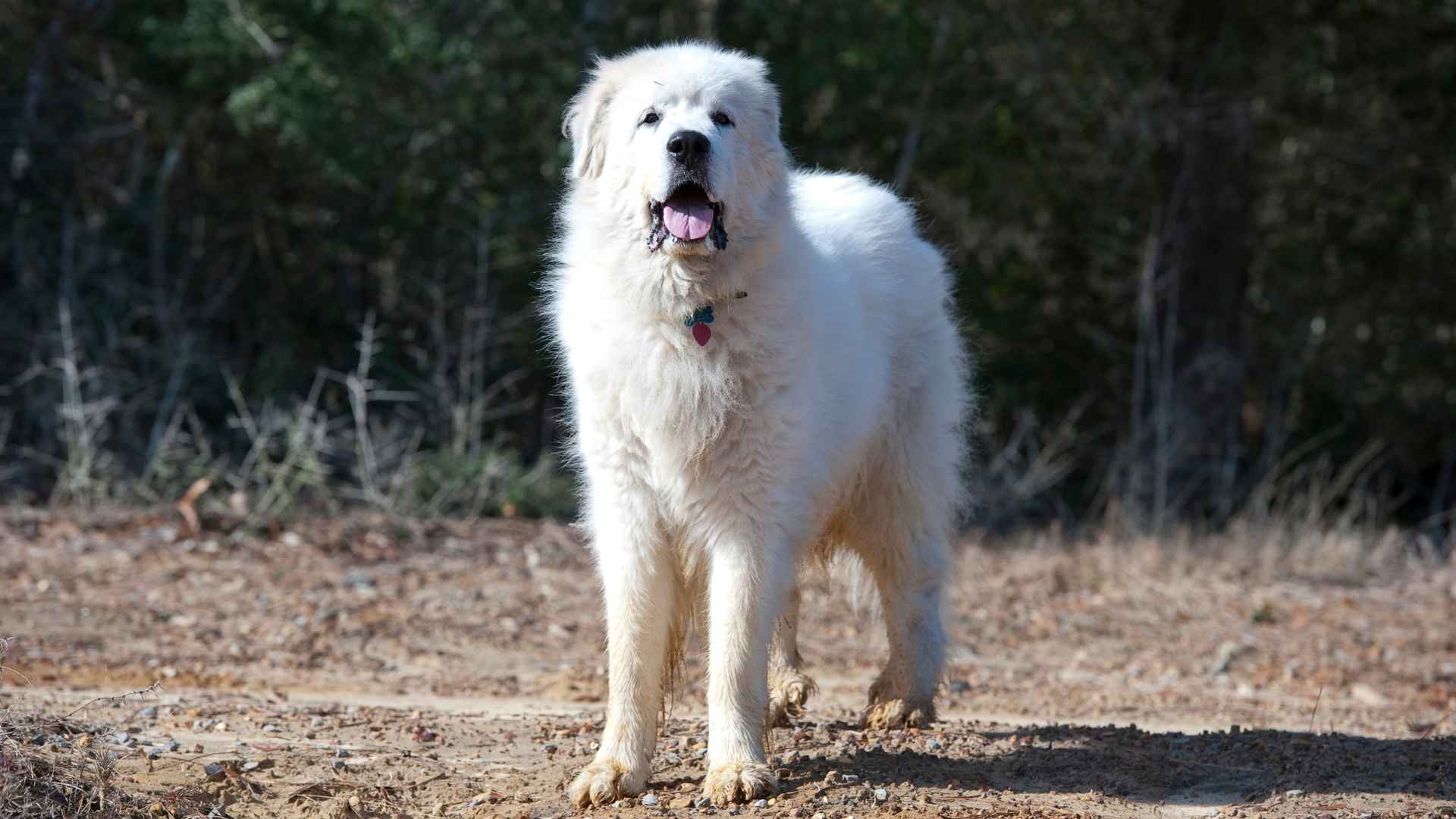Guarding wildlife reserves is no small feat. It requires not just human effort but the unwavering loyalty and vigilance of specially trained dogs. According to research, certain breeds, when properly trained, can significantly enhance conservation efforts by deterring predators and alerting to intruders.
These canine protectors are more than just pets—they are guardians of ecosystems, ensuring the safety of both wildlife and their habitats. Their roles range from protecting endangered species from poaching to alerting rangers of potential threats. The bond between these dogs and their handlers is built on trust, training, and a shared commitment to conservation.
In the following sections, we’ll explore the best dog breeds suited for guarding wildlife reserves, delving into their unique traits, training needs, and the invaluable roles they play in preserving our natural world.
Best Dog Breeds For Guarding Wildlife Reserves
Here are the 8 dog breeds:
1. Kuvasz
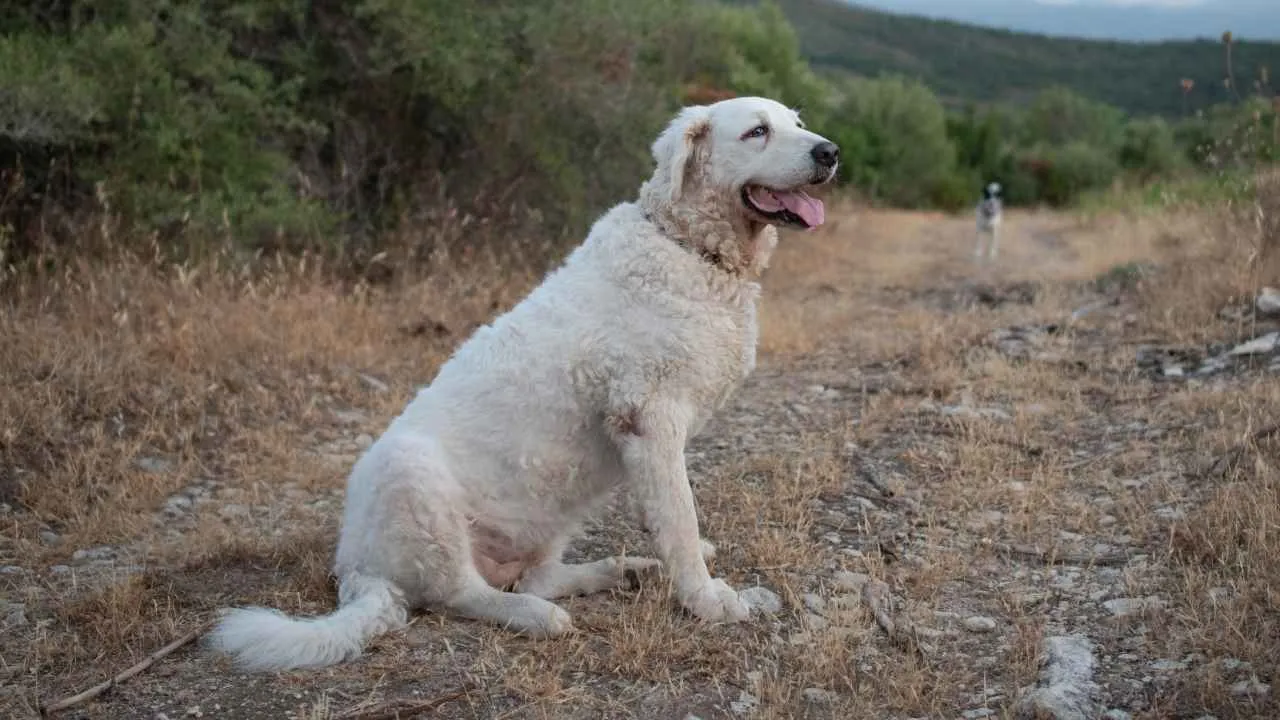
Kuvasz dogs are natural protectors, making them ideal for guarding wildlife reserves. Their courage and alert nature help keep predators away from livestock and vulnerable species. These dogs form strong bonds with handlers and respond well to proper training, making them invaluable partners in conservation efforts.
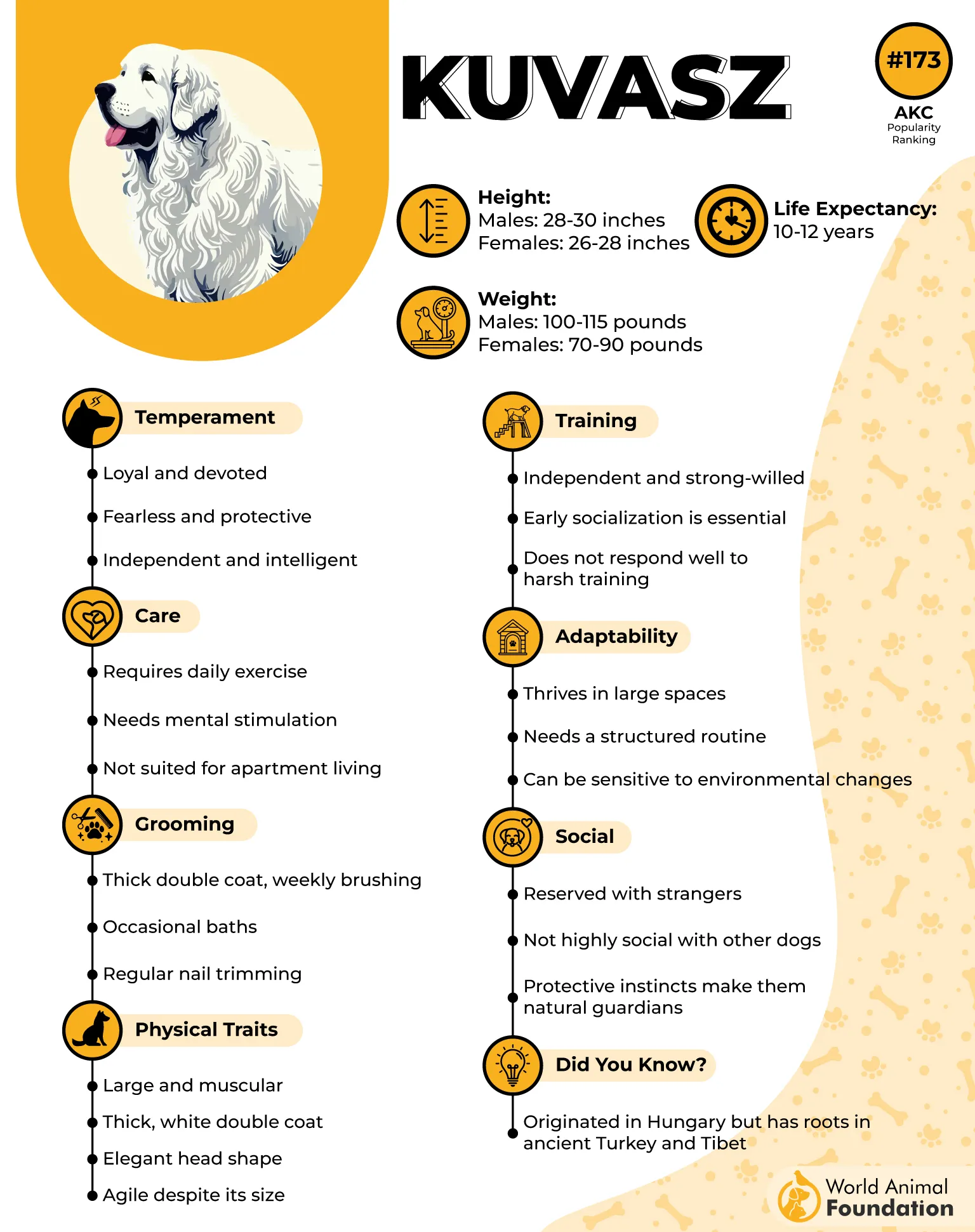
Origin & History
Country: Hungary, 1200s.
Originally bred to guard herds from wolves and thieves.
The breed nearly vanished after World War II, but was revived in the 1940s.
FCI standard accepted in 1963.
Temperament & Behavior
Highly intelligent and easily trained.
Loyal to owners, hostile to strangers.
Territorial, not inclined to roam.
Bark is deep and menacing, deters intruders.
Unique Facts
Agile for its size, built to protect sheep and livestock.
Historically wore leather collars with protruding nails for wolf defense.
Does not tolerate unjust punishment or interference with possessions.
2. Komondor
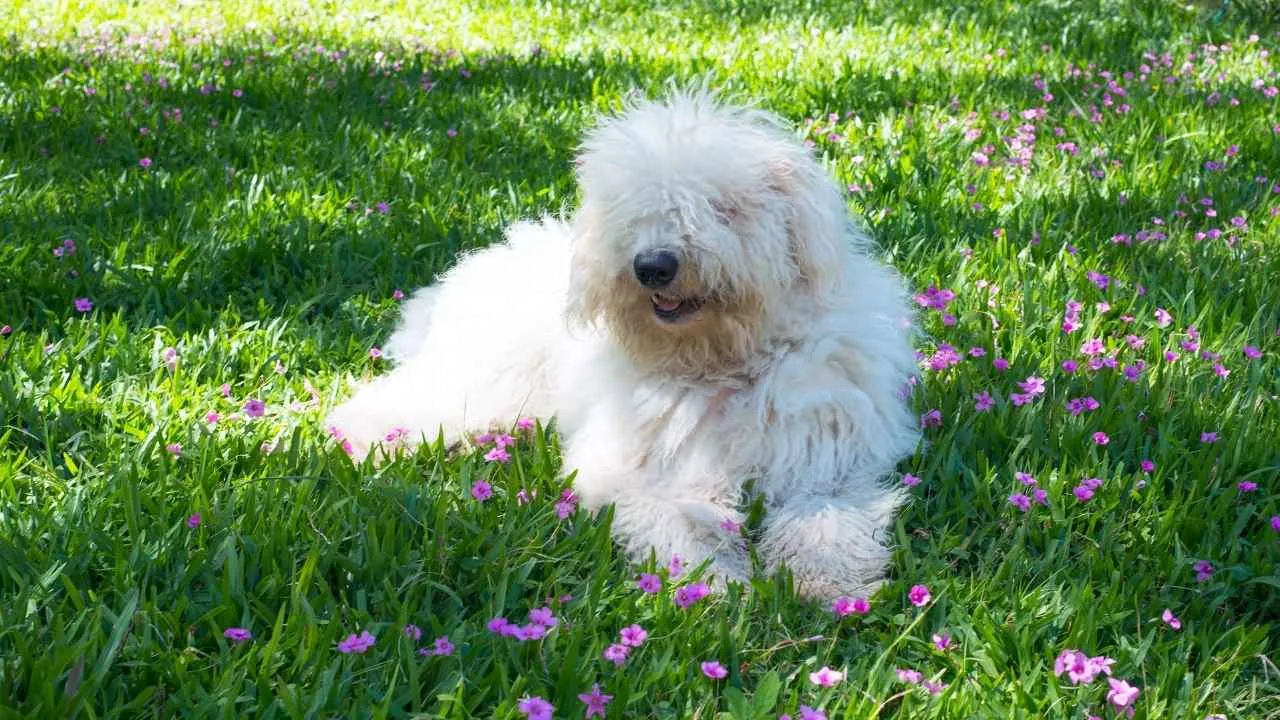
Komondors are remarkable guard dogs, perfectly suited for protecting wildlife reserves and livestock. Their instinctive protective nature and impressive size allow them to monitor flocks and deter predators effectively. With proper training, they adapt well to family life while remaining vigilant over their territory.
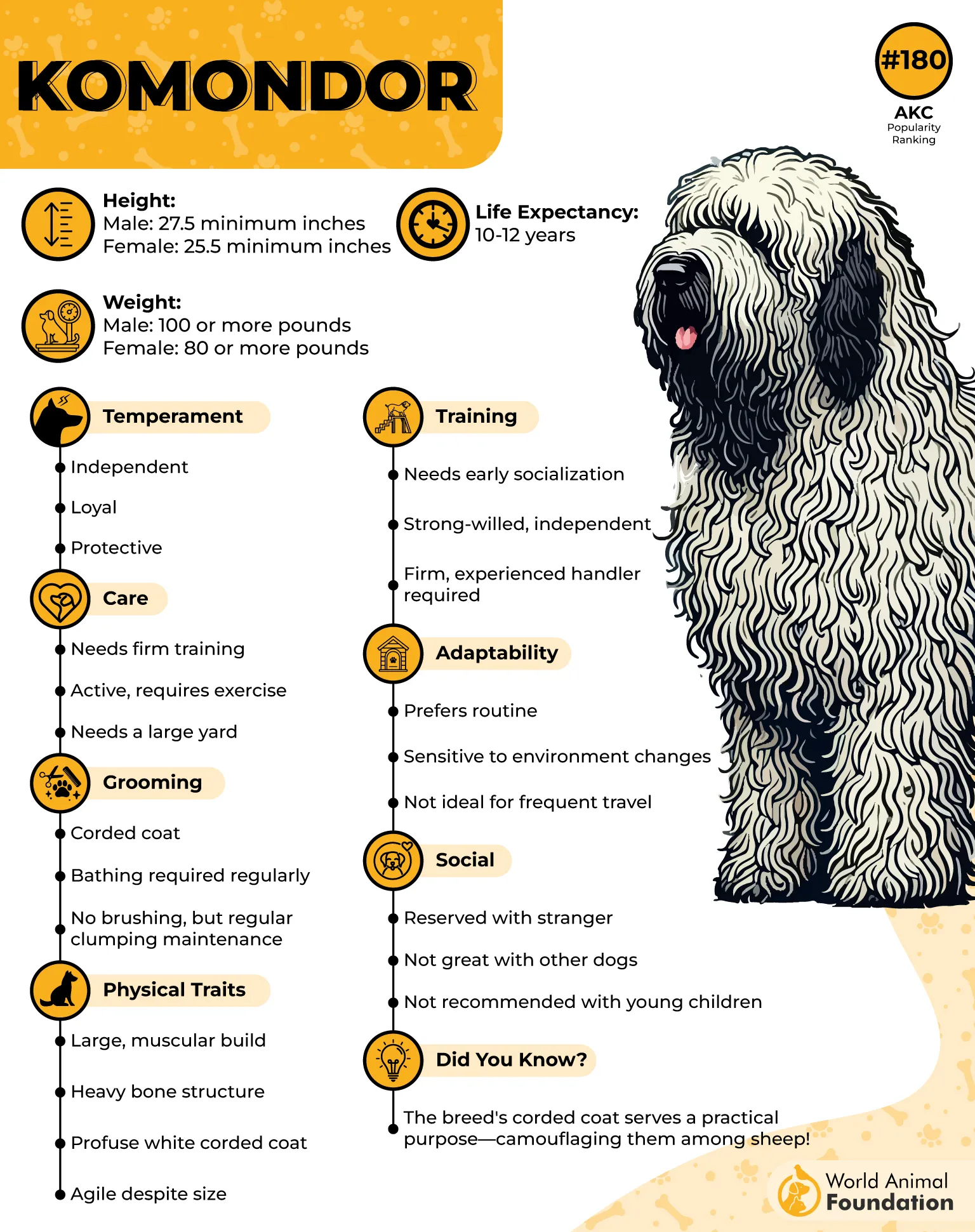
Origin & History
Origin: Hungary, hundreds of years ago.
Bred to guard sheep and livestock from predators such as wolves.
Coats originally allowed them to blend in with the flock during the day and be visible to shepherds at night.
Corded coat develops over time, reaching the ground around 6–7 years of age.
Temperament & Behavior
According to the American Kennel Club (AKC), they are calm, quiet, and extremely affectionate with owners.
Instinctive guardian; will defend territory, home, and family if threatened.
Agile and surprisingly quick despite their large size.
Socialization and proper training are essential for managing dog behavior.
Unique Facts
A corded coat acts as both protection from bites and insulation from the weather.
Weekly grooming is required to maintain cords and remove trapped dirt.
Loves to lie near family, keeping watch and providing companionship.
Powerful dog and capable of leaping toward intruders to protect livestock or property.
3. Tibetan Mastiff
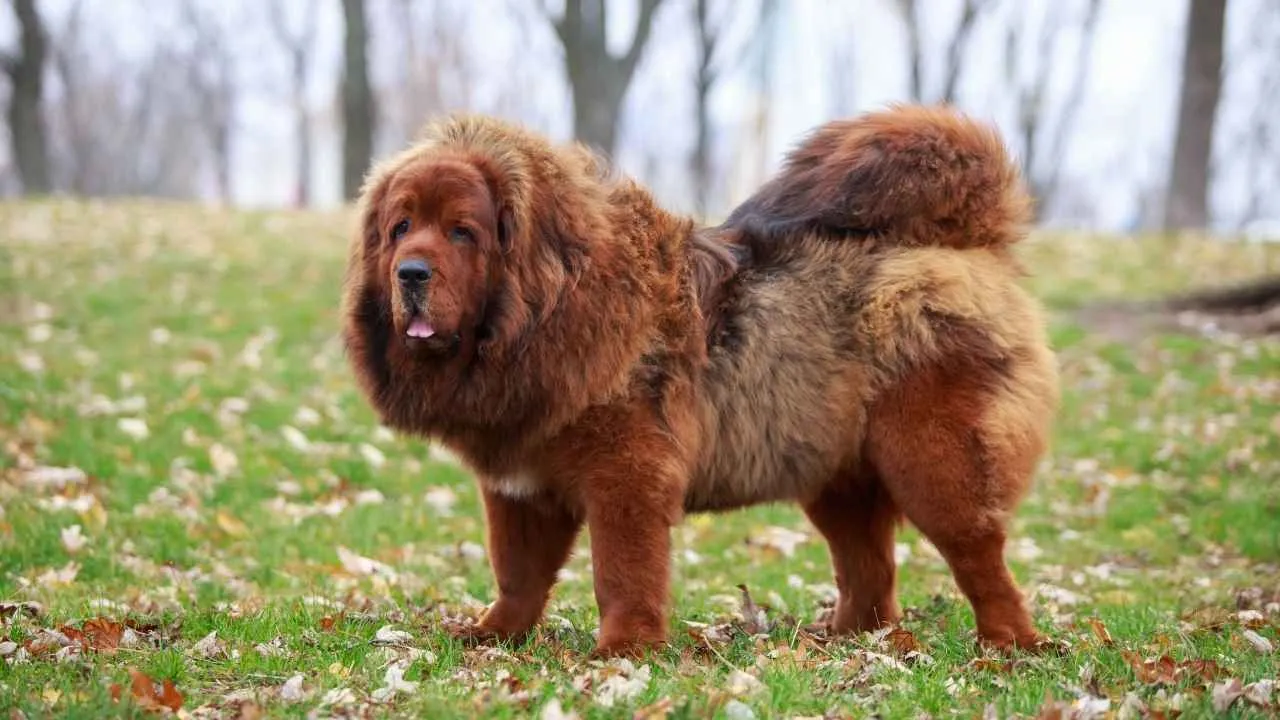
Tibetan Mastiffs are powerful livestock guard dogs, making them exceptional for protecting wildlife reserves and large properties. According to Hills Pet, their courage, alertness, and loyalty allow them to safeguard both animals and people.
While they are independent, these large dogs form strong bonds with their family and can be trained to balance guarding duties with family life.
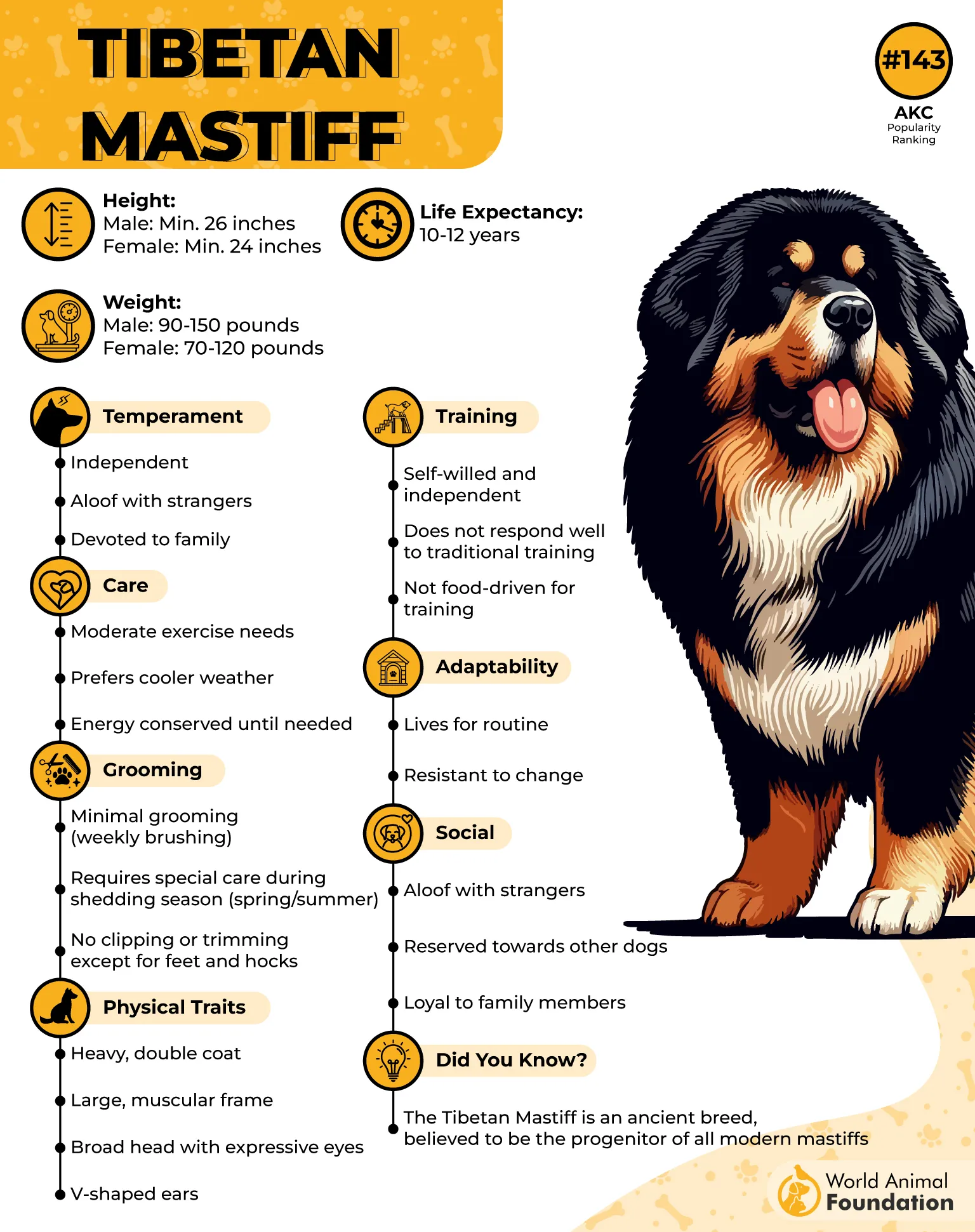
Origin & History
Origin: Tibetan Plateau, around the late 1200s.
Ancestors of the Mastiff family historically guarded monasteries, villagers, and livestock.
Bred to protect people and livestock from predators.
AKC Classification: Working dog; UKC Classification: Guardian.
A less common breed, best suited for homes with large outdoor spaces.
Temperament & Behavior
Independent yet affectionate with family members.
Protective and watchful; may be aloof toward strangers.
Moderately easy to train; enjoys social time with the family.
Active in bursts, prefers work-related exercise tasks.
Adaptable to cooler climates; moderate energy levels.
Unique Facts
Very large, muscular, and agile; broad head and strong jaws.
Thick double coat, comes in various colors like black, brown, red-gold, and blue-grey.
Moderate grooming needs; daily brushing required during yearly moult.
Known to dig holes to lie in and can snore loudly.
4. Kangal
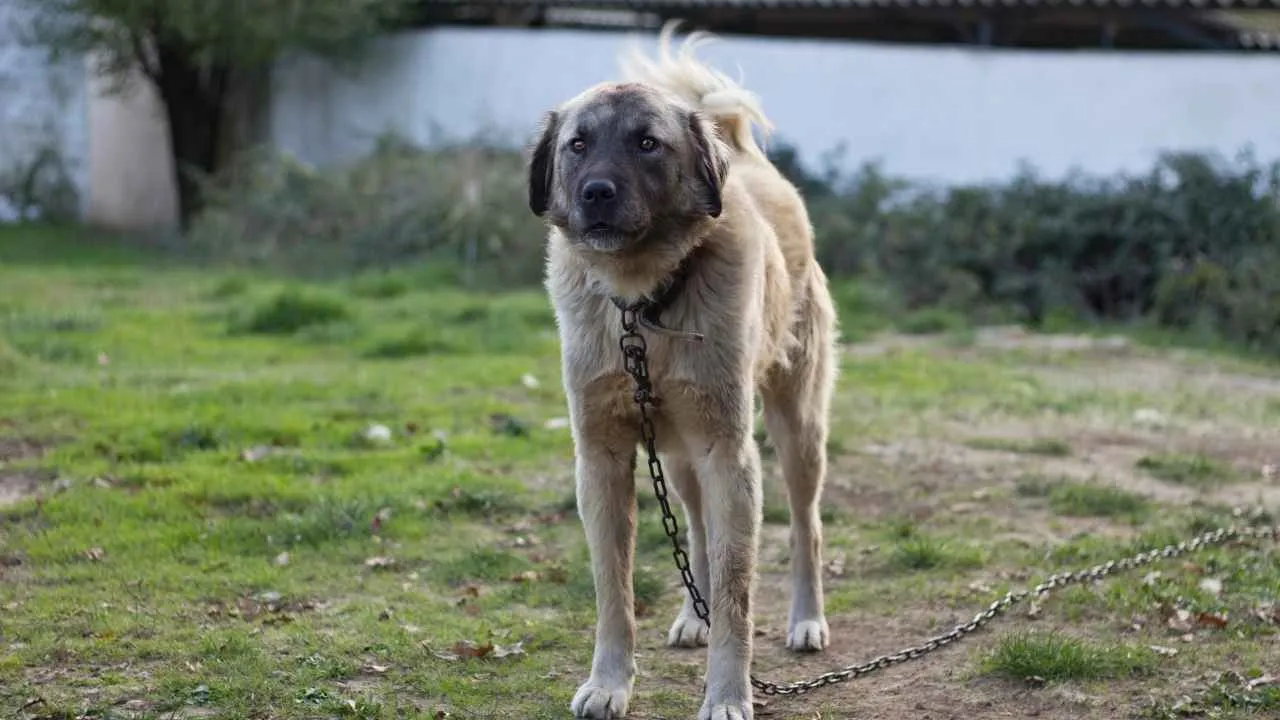
Kangal Shepherd Dogs are exceptional guard dogs for wildlife reserves and livestock. Their size, strength, and intelligence make them capable of deterring predators while forming strong bonds with their family.
With proper obedience training, these dogs coexist well with other dogs and can adapt to the family’s routine while maintaining their natural protective instincts.
Origin & History
Country: Turkey.
Originally bred to guard sheep and livestock in Anatolia.
Used for centuries to withstand extreme climates, from hot summers to freezing winters.
Very large breed, built for strength, speed, and endurance.
Lifespan: 10–13 years.
Temperament & Behavior
Affectionate with owners throughout life.
Distrustful of strangers as adults.
Confident, calm, and intelligent.
Obedience training ensures proper socialization and control.
Independent yet sociable with family members and other dogs.
Unique Facts
Moves with long, supple steps, giving the impression of a big cat stalking prey.
Requires moderate grooming to maintain coat health.
According to Royal Canin, they are resilient and well-behaved, capable of handling extreme conditions.
Makes an excellent guard dog while also being a good family dog.
Bold and assertive without unnecessary aggression.
5. Black Mouth Cur
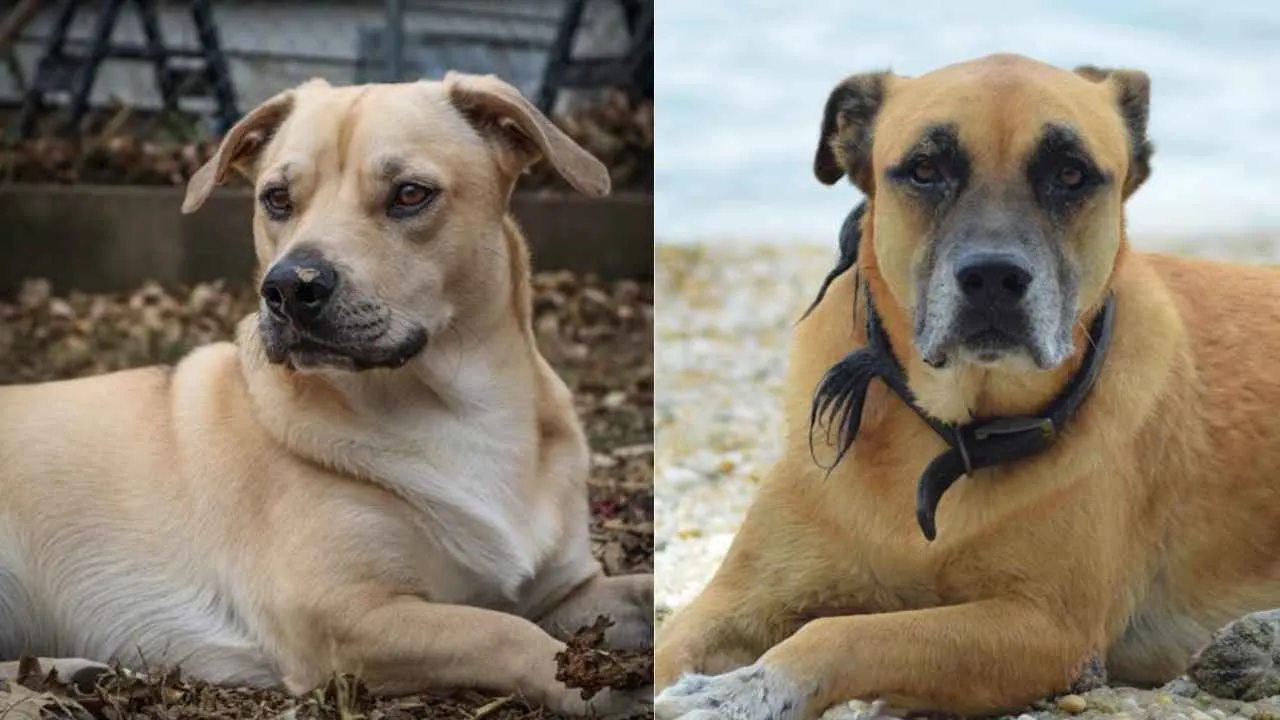
Black Mouth Curs are agile and intelligent dogs, making them excellent for guarding wildlife reserves and livestock. Originally bred for a variety of tasks, they excel as herding dogs and livestock guardians.
Their loyalty and playful nature allow them to coexist well with other family pets while maintaining strong instincts.
Origin & History
Origin: Southern United States.
Developed by early settlers to hunt game, protect homes, and assist on ranches.
Various lines exist, some specializing in cattle herding, others as livestock guardians or hunters.
Not officially recognized as a purebred by the AKC, but part of the Foundation Stock Service registry.
High-energy working breed originally bred for versatility and stamina.
Temperament & Behavior
Friendly and lively.
Active, energetic, and playful with family members.
Can be territorial about food, toys, or people.
High trainability; thrives on obedience, agility, and other mental stimulation activities.
Unique Facts
Short coat that ranges from tan to red and brown; almost all have black muzzles.
Lifespan: 12–15 years.
Requires at least an hour of daily exercise or work-related tasks to stay happy.
Enjoys walks, runs, swimming, dog sports, and puzzle toys for mental stimulation.
Energetic and versatile, capable of serving as a hunting, herding, or livestock guardian dog.
6. Great Pyrenees
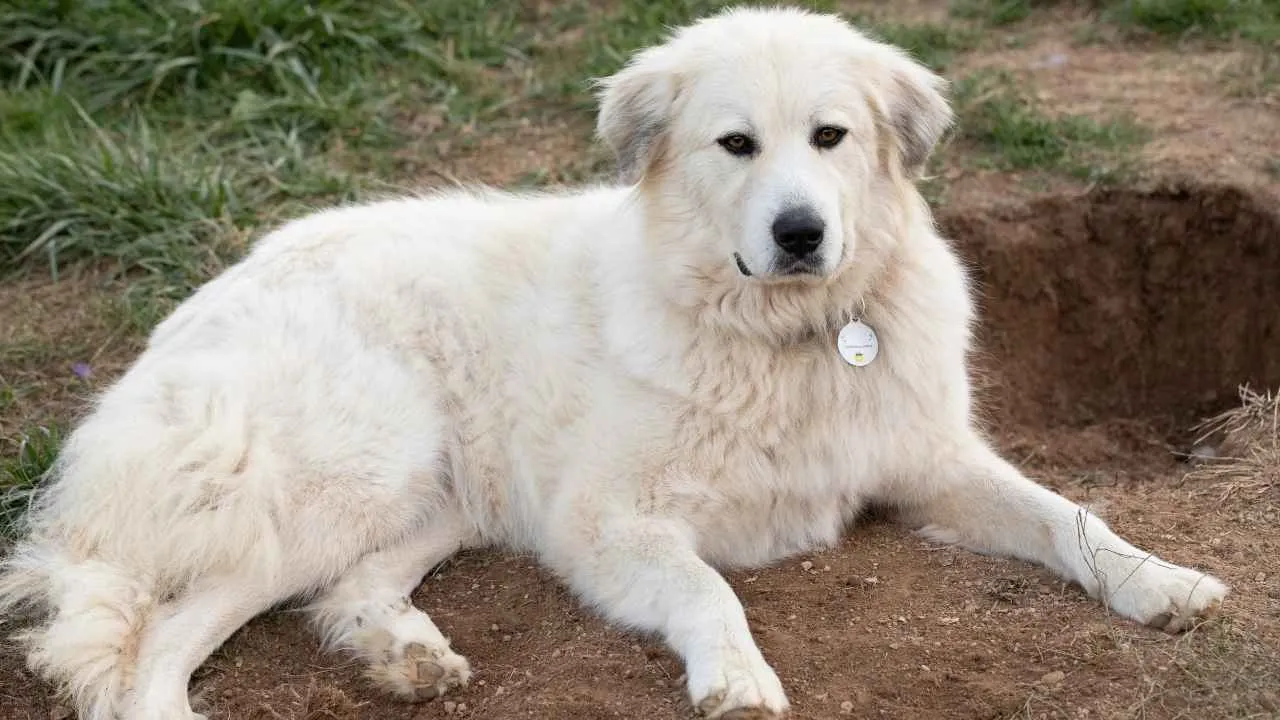
Great Pyrenees are natural protectors, making them ideal for safeguarding wildlife reserves and livestock. Generally calm, these dogs remain vigilant and can act decisively if threatened.
Their intelligence and strong instincts allow them to guard flocks or property effectively, while positive reinforcement during training strengthens their bond with handlers.
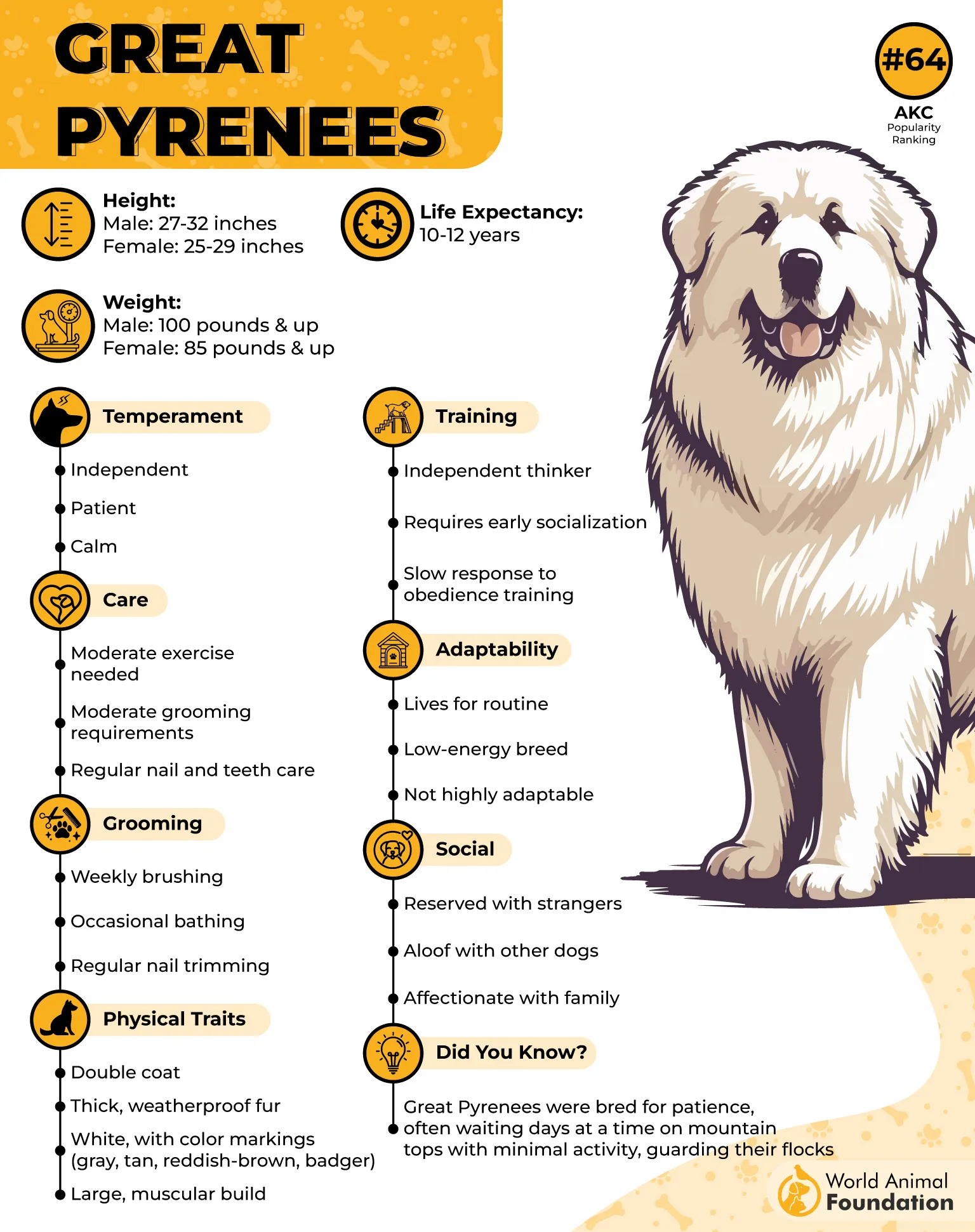
Origin & History
Origin: France, Pyrenees Mountains.
Developed as a working breed to protect sheep from wolves and other predators.
Large, heavy-coated breed built for endurance and protection.
Adapted to cooler climates but can adjust to various environments.
Temperament & Behavior
Calm and intelligent, with an independent streak.
Highly perceptive; can sense subtle changes in mood in humans and animals.
Strong guardian instincts; will attack only if a threat is perceived.
Requires early socialization and training using positive reinforcement.
Unique Facts
Outer coat thick and protective, soft undercoat insulates against cold.
Coat is dirt and tangle-resistant; weekly combing keeps fur in check.
More active at night; may bark or patrol during late hours.
Enjoys digging to stay cool on hot days due to the heavy coat.
7. Caucasian Shepherd
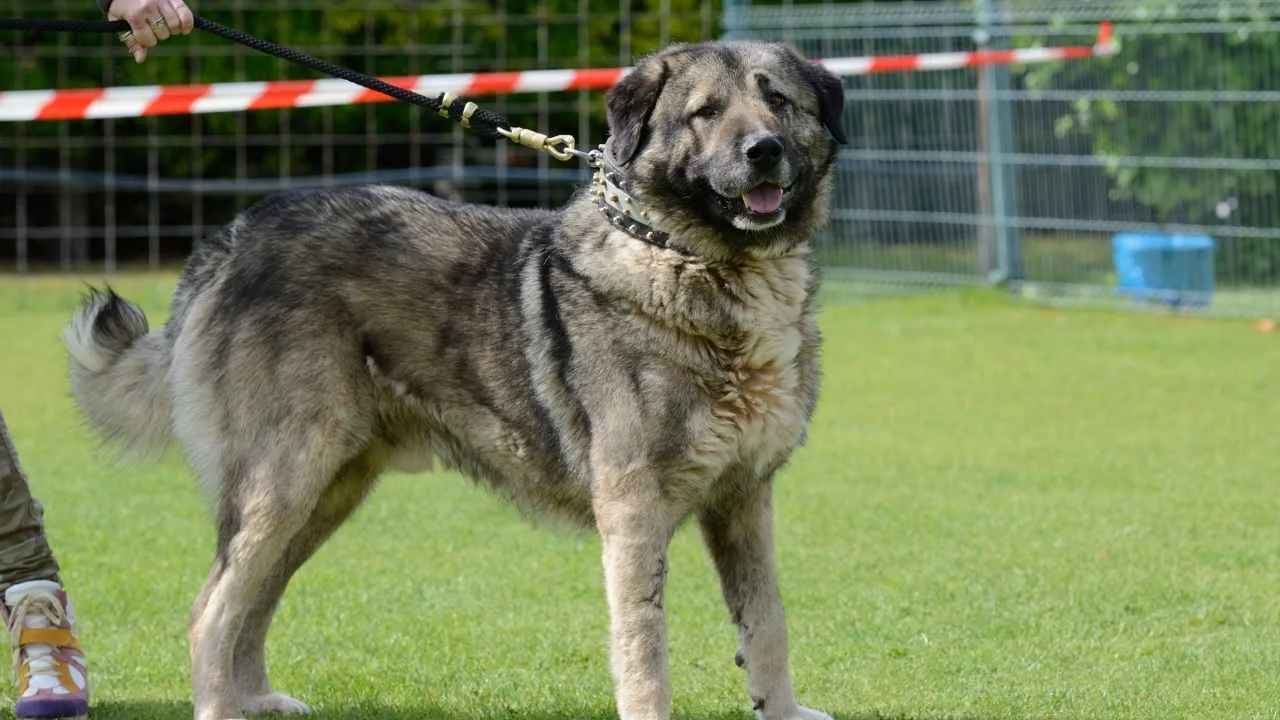
Caucasian Shepherds are courageous dogs, making them ideal protectors for wildlife reserves and livestock. Their giant size and protective instincts allow them to deter predators effectively.
With proper basic obedience training, these thick-coated dogs can form strong bonds with their family while maintaining vigilance over their territory.
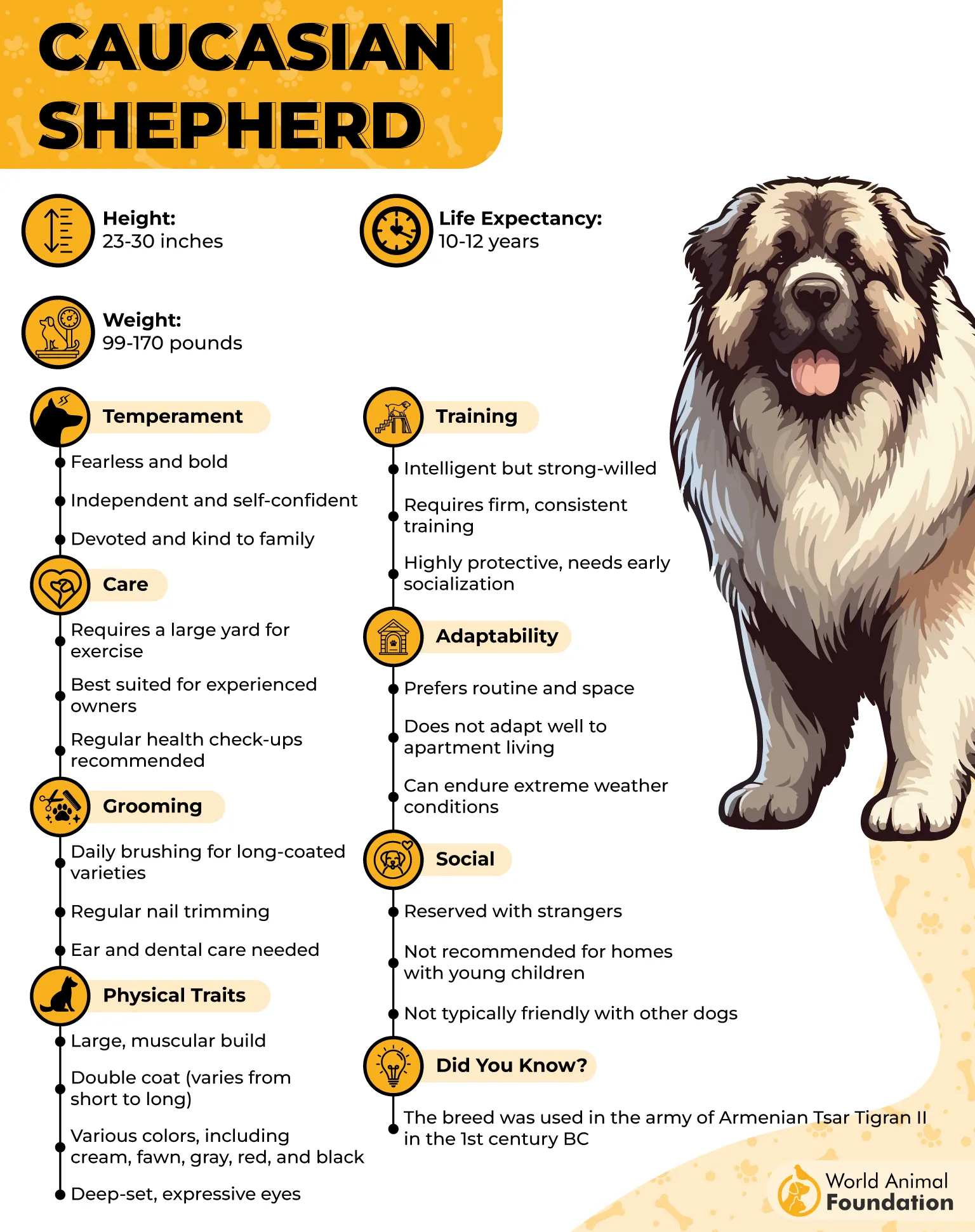
Origin & History
Origin: Caucasus Mountains, Eastern Europe.
Developed as livestock guardian dogs for herdsmen in Georgia, Armenia, Azerbaijan, and Daghestan.
Some theories suggest descent from wolves or mastiff-spitz crosses; others propose Tibetan sheepdogs.
Recent archaeological evidence points to Mesopotamia as a possible origin.
Used for hundreds of years as guard dogs, state-run kennels in the former U.S.S.R. maintained the breed.
Temperament & Behavior
Even-keeled and loyal to family.
Independent and cautious around strangers and unfamiliar animals.
Calm and not overly playful after puppyhood.
Requires daily exercise and consistent basic obedience training.
Strong guardian instincts; may bark to alert or deter intruders.
Unique Facts
Giant breed with a thick double coat for protection against harsh climates.
Coat colors include agouti gray, fawn, reddish with white markings, or solid white with dark pigmentation.
Best suited for households without young children or other pets.
Also known as the Caucasian Ovcharka or Caucasian Mountain Dog.
8. Maremma Sheepdog
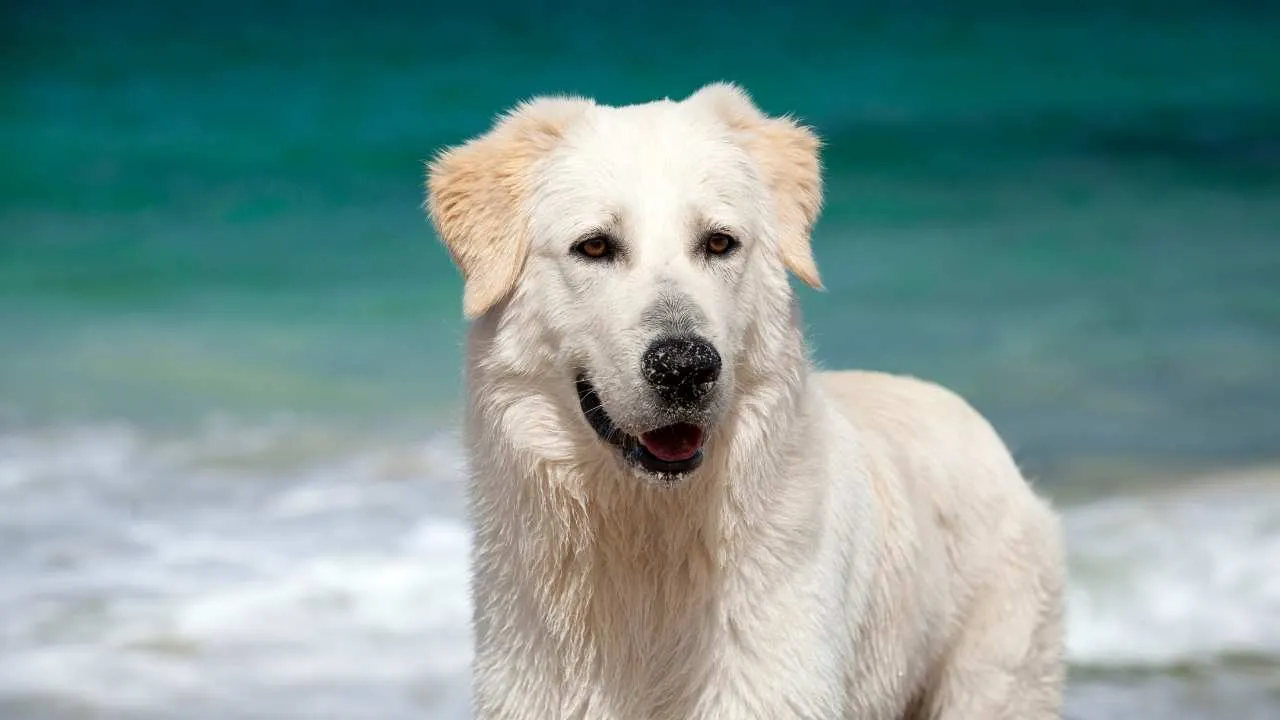
Maremma Sheepdogs are natural livestock dogs, making them ideal for protecting wildlife reserves and flocks.
Their intelligence, independence, and strong protective instincts allow them to guard against predators effectively while forming close bonds with their family. These dogs are calm yet vigilant, balancing work and companionship with ease.
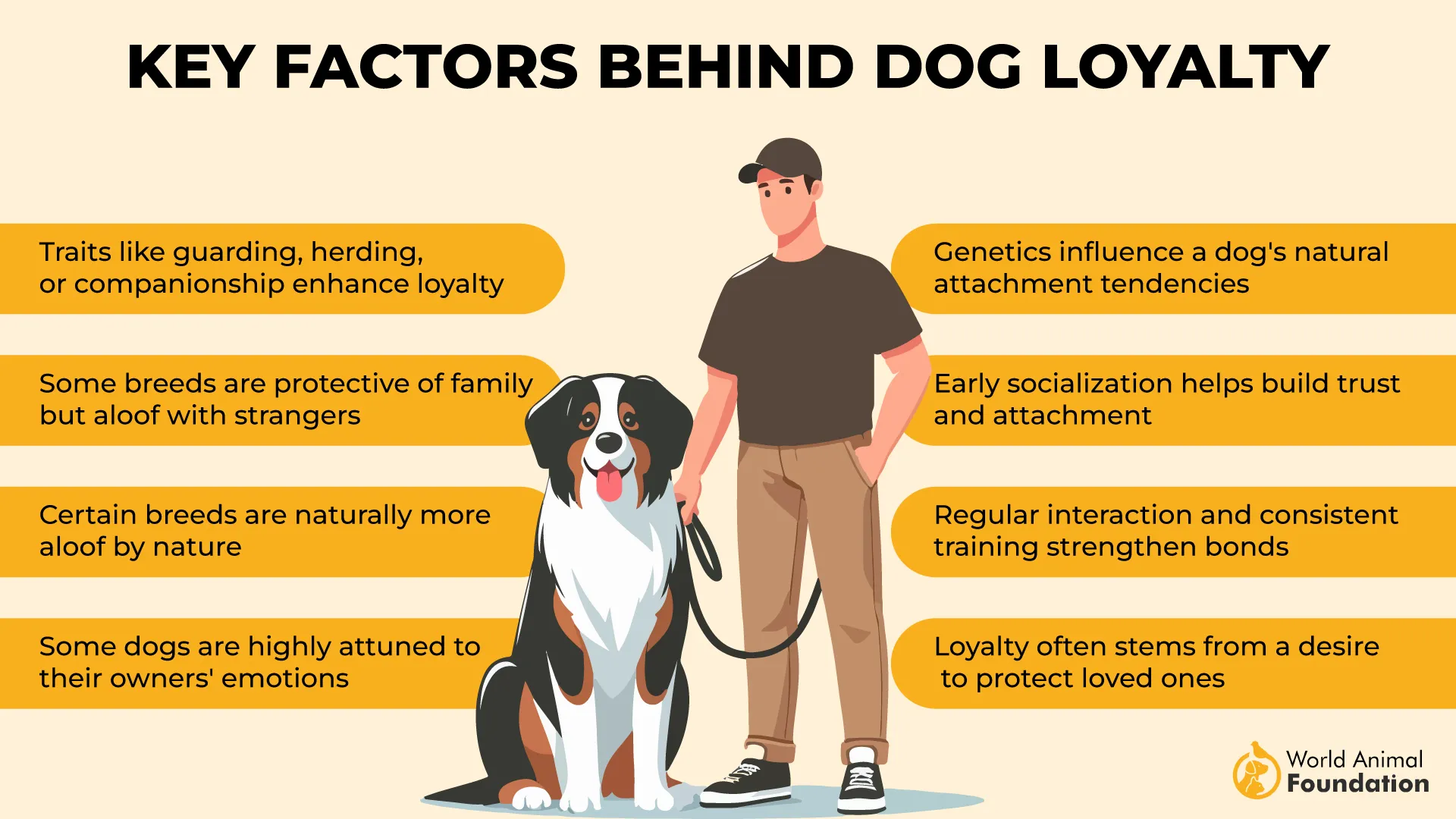
Origin & History
Origin: Central Italy, primarily the Abruzzi and Maremma regions.
Known in Italy for over 2,000 years, traditionally guarding sheep against wolves and bears.
Introduced to Australia, where they have reduced losses from foxes, wild dogs, and birds of prey by 35%.
Developed to work independently, making decisions without constant supervision.
Rare breed in countries like Australia, but historically common in their native regions.
Temperament & Behavior
Friendly and loyal to family members.
Wary of strangers; uses size and voice as a deterrent rather than aggression.
Intelligent and independent; needs purpose to stay mentally stimulated.
Gets along well with other animals if properly socialized from a young age.
Requires supervision when interacting with other children or pets initially.
Unique Facts
Double coat that is weather-resistant and water repellent; sheds heavily twice a year.
Long white coat stays clean with minimal grooming outside shedding periods.
Loves water and can enjoy rolling in puddles.
Strongly bonded to family; retains independence and will not abdicate pack leadership.
Ideal for owners who appreciate a devoted but independent working companion.
Conclusion
Guard dogs play a crucial role in protecting wildlife, livestock, and property. From ancient breeds with centuries of guarding experience to versatile modern working dogs. These breeds combine strength, intelligence, and loyalty to serve as reliable protectors. Their dedication, vigilance, and ability to form strong bonds with handlers make them invaluable partners in conservation efforts and rural life.
Choosing the right breed depends on the environment, the type of animals they will protect, and the level of care and training provided. Each of these dogs brings a unique combination of skills that helps safeguard both people and wildlife.


